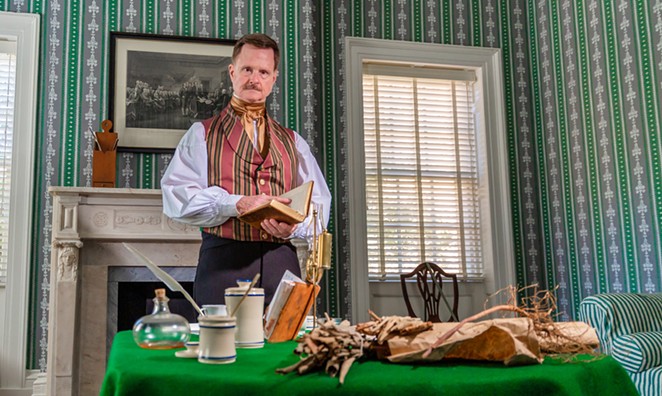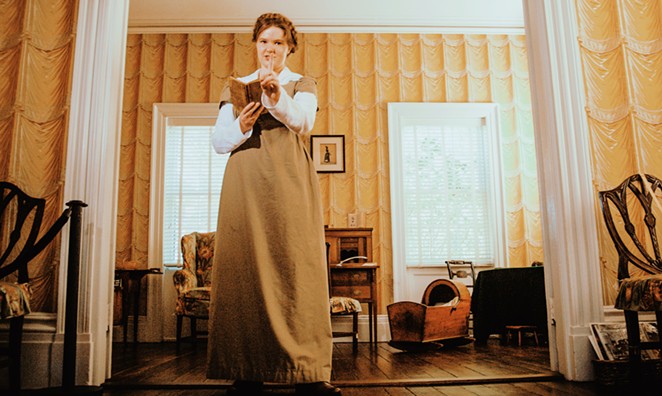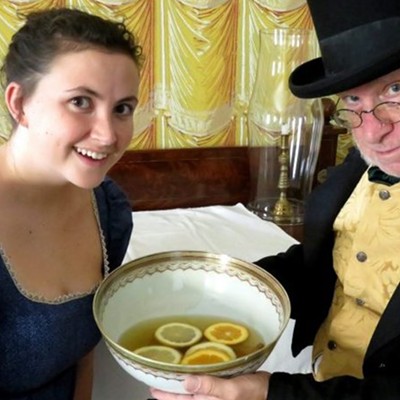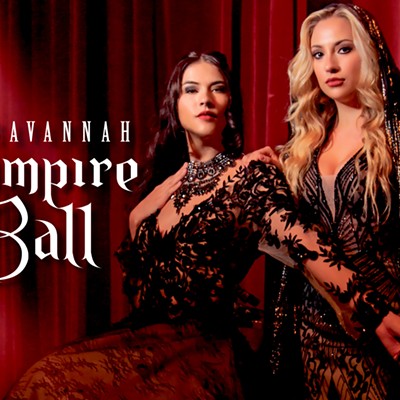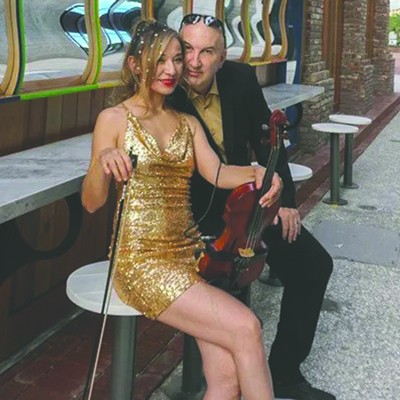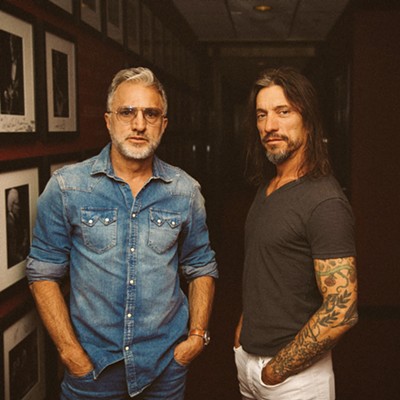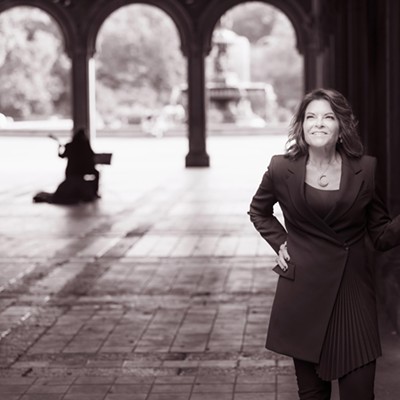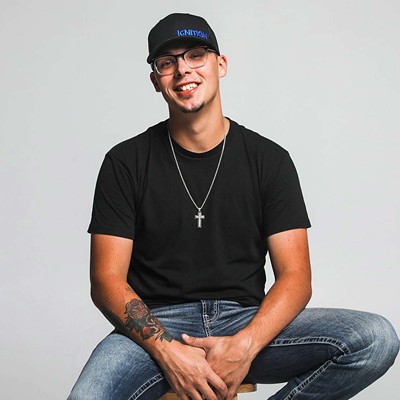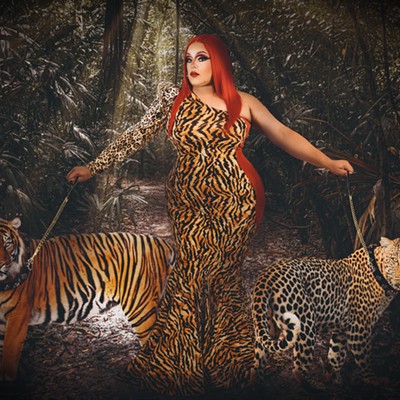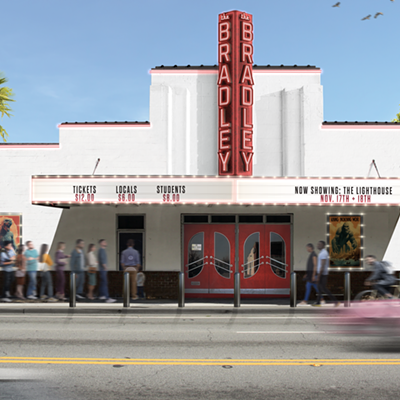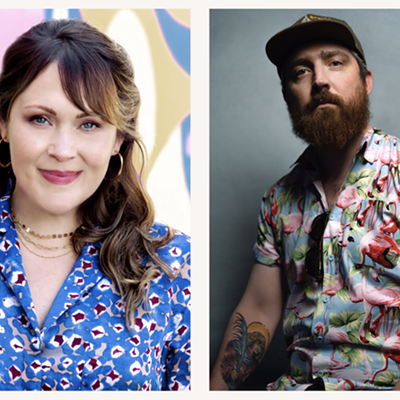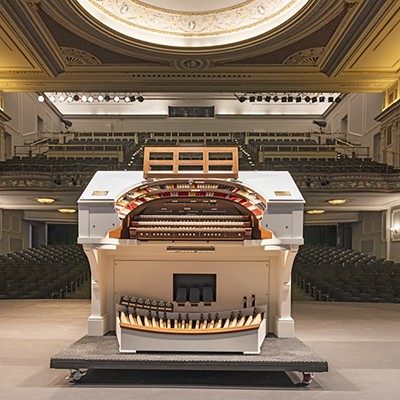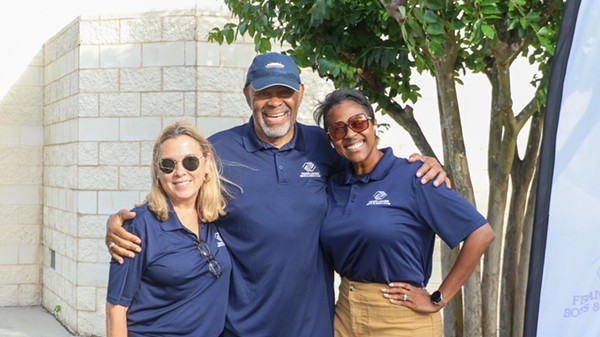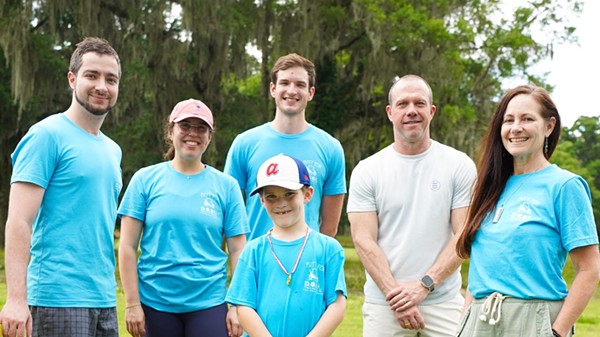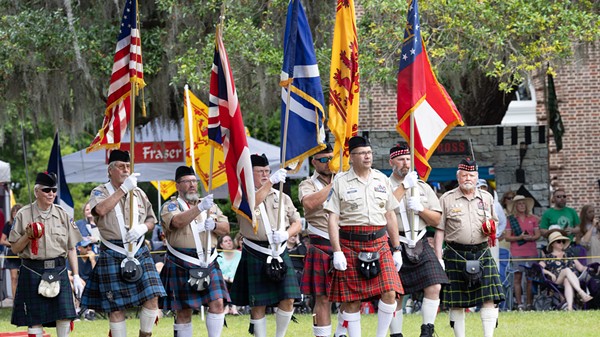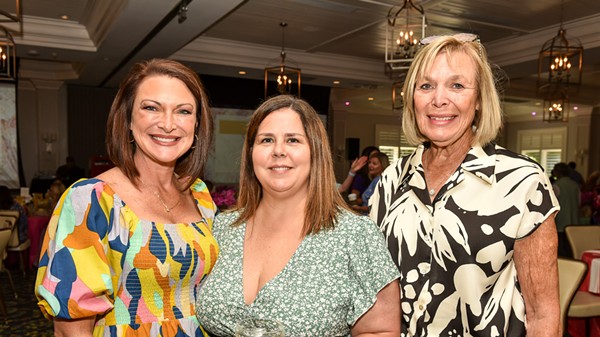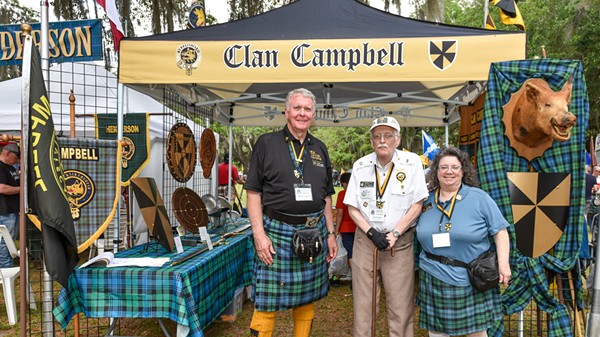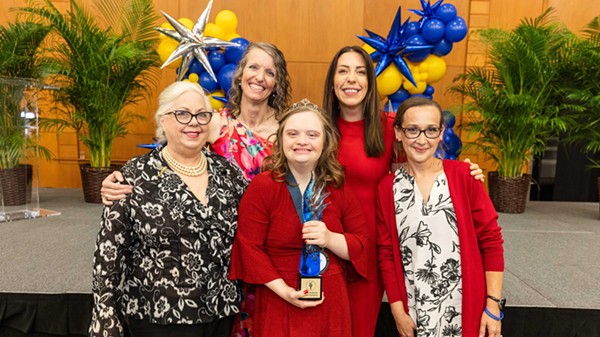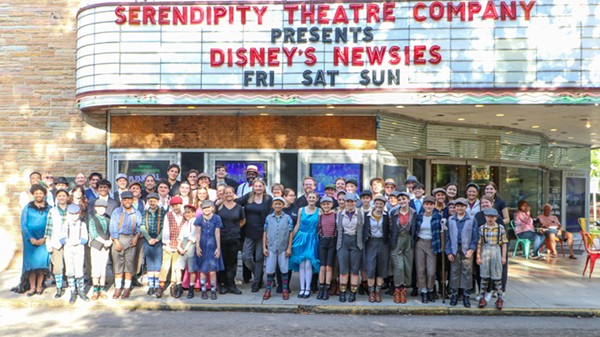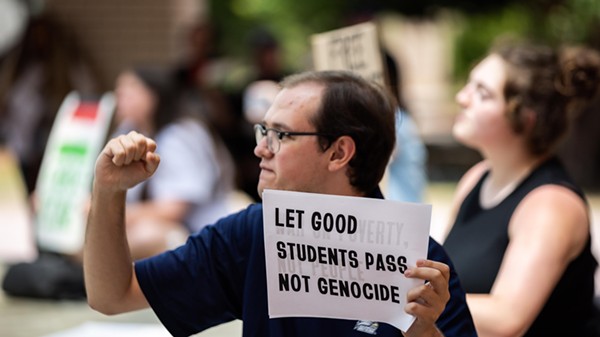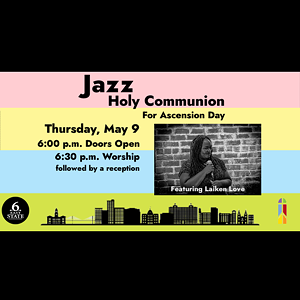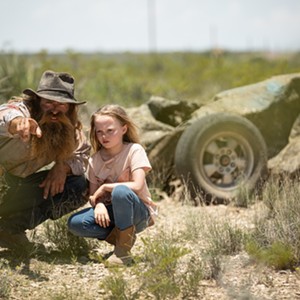This October, the historic Davenport House Museum will be transporting visitors back in time with their live performance event, “Sickness in the City- Yellow Fever 1820”.
As in past years, the landmark house and garden that spurred Savannah’s historic development movement will become a live stage for an immersive theatrical production. Under the cover of nightfall and fitting within the deep South’s spooky season, the show aims to give guests a look back at one of Savannah’s darkest times as a deadly disease spread throughout the city.
The Davenport House was built in 1820, and is one of Savannah’s oldest restored buildings, as the brick structure has withstood the test of time. Now preserved as a museum, the staff have always aimed to educate guests about Savannah’s rich history, and this endeavor is no different.
The event, described as “a living history performance”, will take place on Fridays and Saturdays in October at 7:00 and 7:15 p.m., and will run for 50 minutes for small audience groups.
According to organizers, “The performance will examine 1820’s interesting medical treatments, and attendees will meet ordinary citizens with complaints about the government, home remedies, combating mosquitoes and the true cause of the fever.”
The show will function as a recreation of history and will seek to humanize the events of the past by examining the way the Yellow Fever pandemic affected Savannah residents both physically and psychologically.
Jamie Credle, the Davenport House Museum Director, explains the idea came to the museum’s staff as they watched a massive crowd gather around the house one October evening for one of Savannah’s popular ghost tours. Seeing this amount of interest regarding the 19th century home set in motion the performance’s creation.
While stories of ghosts often swirl around the house, the museum staff wanted to avoid unconfirmed and fictional tales and hone in on the true history of the house.
“We wanted to stick to the story that we know. The story of 1820 Savannah, and we couldn’t think of anything quite as frightful as Yellow Fever. We knew we had an audience in October that would be interested in scary things,” she says.
From this idea, internationally published playwright Raleigh Marcell, went to work. Immense amounts of research went into the project that required a deep dive into historical sources from the time period, as well as modifying vignettes from legendary authors of the era including Washington Irving and Savannah’s own Conrad Aiken.
“Everything that the characters say is based on documentation,” Credle explained.”A number of important figures from Savannah history will play prominent roles in the show, including the city’s first female physician.”
In addition to the Yellow Fever outbreak, Credle said Savannah was facing another issue in the 1820s: housing shortages.
“The year 1820 was tough for Savannah. In January, there was a terrible fire that burned up about 463 buildings in the city,” she said. “So, that catastrophe brought in new people from all over that were looking to help rebuild the city and make a living at the same time.”
Credle also noted that as the city became more crowded, more people started getting sick and coming up with various reasons as to what was causing the epidemic.
“There were actually two community newspapers at the time and each one had different perspectives on what was actually happening in the city as far as Yellow Fever goes. But Savannah had all these new people coming into the city, and they all got sick because the mosquitoes had unexposed people to bite. Theories started to emerge and people started to blame anything and everything, including each other.”
In addition to not knowing the cause of the outbreak, Credle said the medical community had no idea how to treat the symptoms and victims received ruthless medical treatments.
“One of our doctors in our program will discuss medical treatment of Yellow Fever and what we would now consider kinda crazy...puking and purging, bleeding, and blistering sort of treatment,” she said.
In regards to the symptoms, Credle said victims infected with Yellow Fever would develop a high fever accompanied with the chills, headaches, muscle aches, and vomiting. Often becoming severe enough to kill, many victims seemed to be on the road to recovery when the infection would lead to shock, bleeding, and kidney and liver failure, killing them.
“That year, the city lost around 900 people and most of the victims were buried in Colonial Park Cemetery in mass, unmarked graves. It was a devastating year.”
While creating a show of this magnitude was no small task, Credle emphasized the communal effort putting together this type of event has been.
“Everybody that performs in the show are from our community. These aren’t professional actors. These are people who come together in October to produce a show. Many of them have worked with us before, but we also have some new ones also, including students from around the Savannah area.”
In her eyes, this makes the event even more special, as she feels it is truly a local labor of love. While the story itself is uniquely Savannah, in reality, every facet of the production has been locally produced and imbued with the vitality of the city’s residents.
Viewers of the show will begin their historical journey in Columbia Square directly in front of the Davenport House. From there, they will be guided through the historic red brick mansion by candlelight in the traditions of an era long past. Most of the year, the museum closes at 4 p.m. so attendees of the production will get the rare opportunity to enter the home at night adding to the ambience of the experience.
Credle believes that with Savannah recently coming out on the other side of a modern pandemic shutdown, viewers will connect with the story being told.
“Our goal is to bring history to life and remind people that we are living history now,” she continues, “history is something that broadens your world view. It is something that people need to understand who they are.”
Credle hopes that the show will provide Savannahians with perspective regarding the benefits of modern life.
“History is all around us,” she said. “We are using it to remind people that life would be a lot different without things like modern sanitation and mosquito control that we have now.”
History experts admit it can become easy for Savannahians to take the overwhelming amount of history around them for granted, but the Davenport House, by its mission aims to promote historical appreciation for the local community and produce unforgettable experiences of bygone eras.
Viewers are encouraged to purchase their tickets in advance as availability will be limited. This will ensure viewers will get to experience the show in a close up and intimate way as audience members will get the special opportunity to enter the picturesque 19th century home after sundown.
For more information, visit davenporthousemuseum.org



